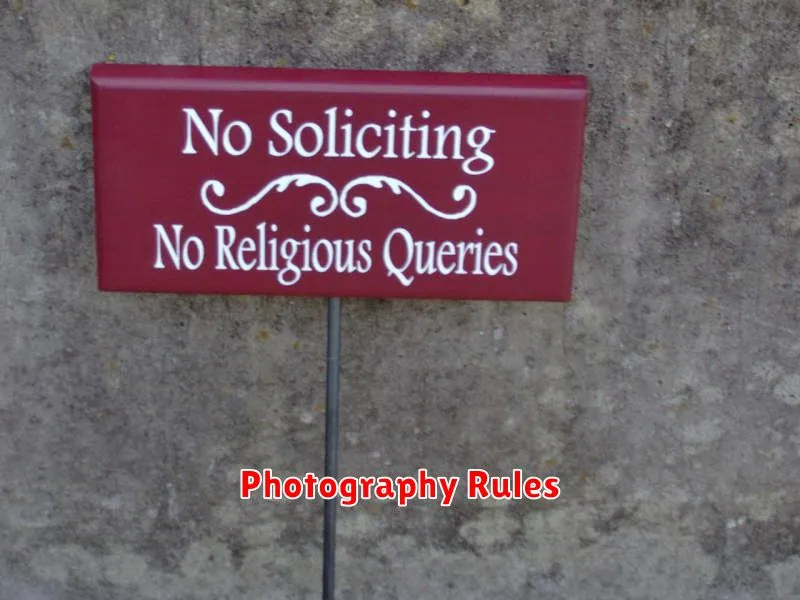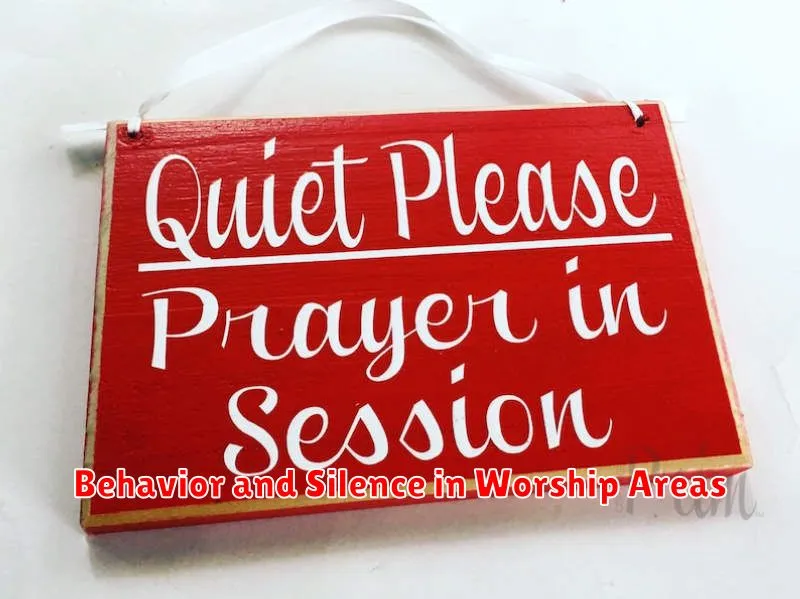Visiting religious sites offers a unique opportunity to connect with history, spirituality, and diverse cultures. Whether you’re exploring ancient temples, grand cathedrals, serene mosques, or peaceful shrines, understanding the cultural etiquette of these sacred spaces is paramount. Demonstrating respect for local customs and traditions not only enhances your personal experience but also preserves the sanctity of these important sites for future generations. This guide provides valuable insights into the cultural norms and etiquette guidelines to follow when visiting various religious sites around the world. From appropriate dress codes and photography protocols to respectful behavior and understanding religious practices, preparing in advance will ensure a meaningful and enriching experience.
Navigating the nuances of cultural etiquette can be challenging, especially when encountering unfamiliar traditions. This article aims to equip you with the essential knowledge needed to approach religious sites with sensitivity and respect. By understanding the specific customs associated with different faiths and locations, you can avoid unintentional offenses and foster positive cross-cultural interactions. Learn how to demonstrate reverence, participate appropriately in ceremonies (if permitted), and engage with local communities in a way that honors their beliefs. This guide covers key considerations for visiting religious sites, including proper attire, acceptable behavior, photography restrictions, and tips for interacting respectfully with religious leaders and worshippers.
Respecting Sacred Spaces
When visiting religious sites, respect for the sacred space is paramount. These locations often hold deep spiritual significance for many individuals and communities. Demonstrating reverence through your actions and demeanor contributes to a peaceful and meaningful experience for all.
Dress modestly. This often involves covering shoulders and knees, and sometimes even the head. Researching the specific dress code of the site beforehand is highly recommended. Avoid clothing with potentially offensive graphics or slogans.
Maintain a quiet and respectful atmosphere. Refrain from loud conversations or disruptive behavior. Silence your mobile phone. Be mindful of designated areas for prayer or contemplation.
Photography and videography may be restricted or prohibited altogether. Observe posted signage or inquire with site personnel before taking photos. Be especially sensitive to photographing individuals engaged in prayer or other religious practices.
General Rules Around the World
When visiting religious sites globally, respect is paramount. Regardless of your personal beliefs, adhering to common guidelines ensures a positive experience for all. Dress modestly, covering shoulders and knees. Often, head coverings are required for women and sometimes men. Silence or hushed tones are typically expected, especially during services or prayer.
Photography restrictions are common, so it’s crucial to check beforehand or look for signage. Using flash photography is often prohibited. Avoid disruptive behaviors such as loud talking, eating, or chewing gum. Be mindful of designated areas for worship and refrain from entering if you are not a member of that faith.
Donations are often welcome, but never required. If you choose to contribute, do so discreetly and respectfully. Remember to remove your shoes before entering some sacred spaces. Be observant of others and follow their lead.
Proper Dress Code

When visiting religious sites, appropriate attire demonstrates respect for the sanctity of the space and the beliefs of its worshippers. Modesty is a key principle across many faiths.
Generally, clothing that covers the shoulders and knees is considered respectful. This often means avoiding tank tops, sleeveless shirts, shorts, and short skirts. In some traditions, head coverings are required for women, and occasionally for men. Specific requirements may vary, so it’s always best to research the customs of the particular site you plan to visit.
Avoid clothing with potentially offensive graphics or slogans. Shoes should be considered as well. Some places of worship require the removal of shoes before entering, so it’s advisable to wear easily removable footwear.
Photography Rules

Photography regulations vary significantly between religious sites. Some locations may embrace photography, while others strictly prohibit it. Always check for signage or inquire with staff before taking any photos or videos.
Even when photography is permitted, be mindful of ongoing services or rituals. Avoid using flash photography as it can be disruptive and disrespectful. It’s often considered inappropriate to photograph individuals praying or participating in religious ceremonies without their explicit consent.
Some sites may charge a fee for photography permits. Respect these regulations and pay any required fees. These funds often contribute to the maintenance and preservation of the site.
Behavior and Silence in Worship Areas

Maintaining a respectful demeanor within worship areas is paramount. Silence is often highly valued, creating an atmosphere of contemplation and reverence. Avoid loud conversations and disruptive noises. Even if the space doesn’t appear actively in use, treat it with the same respect you would during a service.
Movement should also be minimized. If you need to move about, do so quietly and discreetly. Avoid walking in front of worshippers or disrupting their practices. Observe posted guidelines and follow the lead of those already present.
Electronic devices should be silenced or turned off entirely. Refrain from taking photographs or videos in designated no-photography zones. If unsure, it’s always best to err on the side of caution and refrain from using such devices altogether.
Giving Donations or Offerings
Donating to religious sites is a common practice, often seen as a sign of respect and support. However, it’s important to approach this with cultural sensitivity.
Check if donations are accepted. Some sites may not accept donations, while others may have specific guidelines. Observe posted signage or inquire with staff discreetly.
Be mindful of the amount. A modest contribution is usually sufficient. The amount itself is less important than the gesture of giving.
Respect designated donation areas. There are typically designated boxes or receptacles for offerings. Avoid handing money directly to religious leaders or staff unless specifically instructed to do so.
Consider the local currency. Using local currency is generally preferred and more practical for the site.
Maintain a respectful demeanor. Avoid ostentatious displays of wealth or drawing attention to your donation. Give discreetly and with humility.

